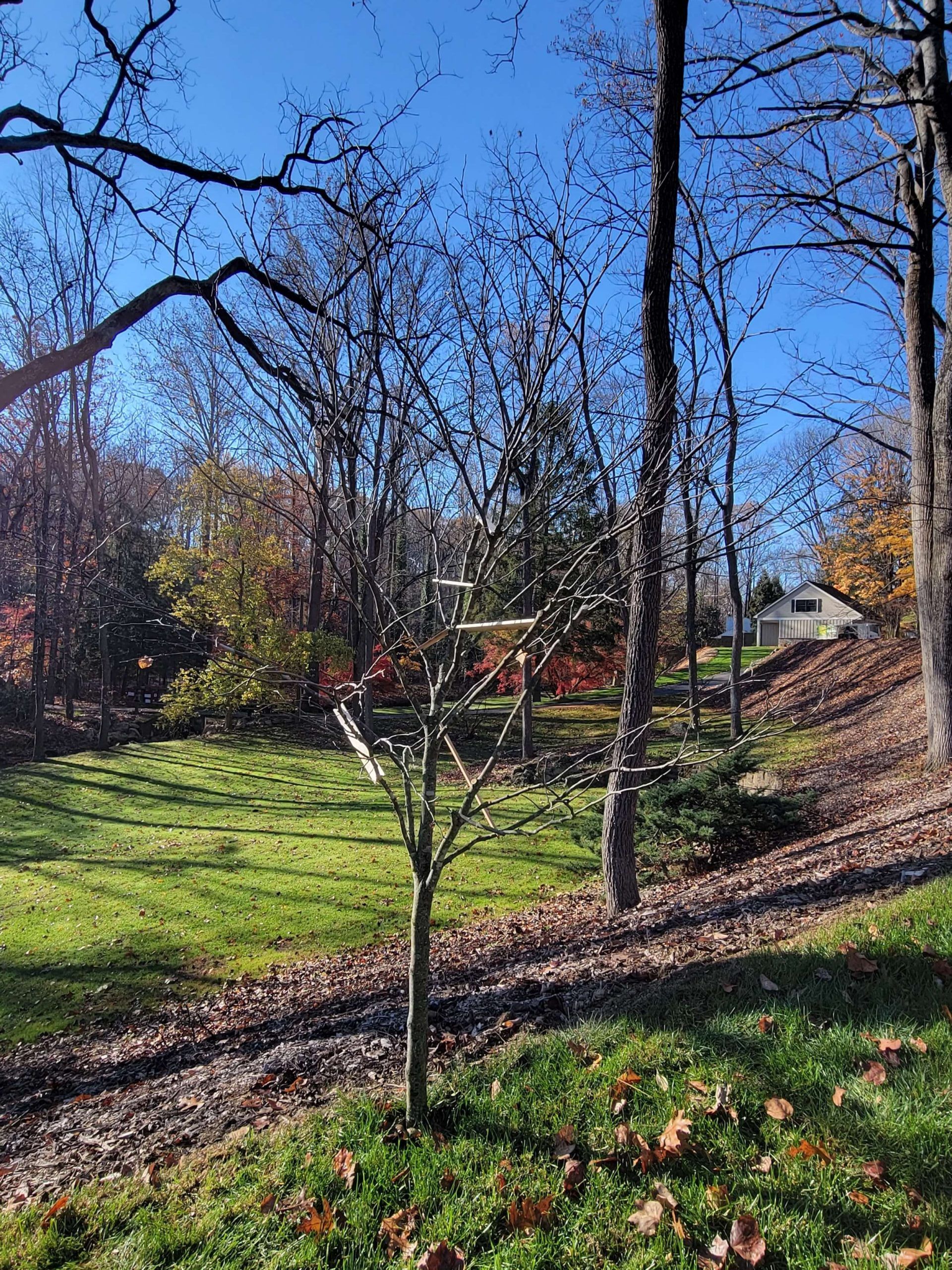Eastern Redbud Plant Health Care Methods & Tips
The Eastern Redbud (Cercis canadensis) is a stunning deciduous tree renowned for exceptional beauty and early bloom. With a growth habit that is typically multi-branched and spreading, the Eastern Redbud forms a graceful, rounded crown that reaches 20 to 30 feet with a spread of 25 to 35 feet. This tree, with heart-shaped leaves that emerge as red-tinged green leaves before maturing to deep green, lends an enchanting touch to any landscape. To help you maintain the beauty of this tree, we will explore different elements of Eastern Redbud plant health care.
Appearance
During early spring (around April or early May), the Eastern Redbud produces many small, delicate flowers that emerge directly on the branches and trunk, creating a magnificent display of color. The flowers vary in color from shades of pink and magenta to white. As the flowers fade, the Eastern Redbud produces small, flattened seed pods that mature in fall and persist through winter, providing visual interest and attracting wildlife.
Aside from its mesmerizing display of foliage and flowers, the Eastern Redbud boasts an attractive and distinctive bark characterized by a smooth, grey-brown surface that often develops shallow fissures and ridges with age. This unique bark adds to the tree’s visual appeal and creates contrast in the landscape.
Eastern Redbud Plant Health Care Methods
These beautiful trees, valued for their vibrant pink or purple flowers, are susceptible to health issues impacting their vitality and longevity. By recognizing and effectively managing these issues, homeowners can ensure the health and beauty of their Eastern Redbuds for years to come.
Planting and Soil Care for Eastern Redbuds
Proper planting and soil care are important for Eastern Redbud plant health care. Prepare the soil with a well-draining and organic matter-rich mixture, and consult with a certified arborist to test the soil pH. Provide adequate irrigation and deep watering for newly planted trees. Adding mulch around the tree’s base can help maintain a healthy growth environment, but mulch should not be piled directly against the trunk to prevent disease and pests.
Cultural and Environmental Management
Cultural and environmental management for Eastern Redbud trees promotes healthy growth and prevents pest infestation. Follow these practices:
- Plant in a location that receives at least six hours of direct sunlight daily.
- Maintain well-drained, moist soil to prevent root rot and other water-related diseases.
- Avoid excessive fertilization, and use a balanced slow-release fertilizer in early spring.
Eastern Redbud Pest Management
Effective pest and disease management is crucial for maintaining the health and longevity of Eastern Redbud trees. By proactively addressing these issues, homeowners can ensure their trees remain vibrant and flourishing.
Eastern Redbuds are susceptible to a range of common pests and diseases. Here are some of the pests that can affect Eastern Redbud and what issues each of them causes:
Leafcutter Bees: Leafcutter Bees cut semi-circular sections from leaf margins, leading to chewed leaves. These pests can be deterred by removing infested leaves and providing alternative nesting materials.
Redbud Leafroller: Redbud Leafrollers are tiny caterpillars that cause leaf curling or cupping, yellow/brown leaves, or dead leaf spots. Redbud Leafrollers can be controlled by pruning and removing affected branches.
Tent Caterpillar: Tent caterpillars can lead to defoliation, the widespread loss of leaves on a tree or plant. Our team can control these pests with targeted sprays, by pruning infected branches, or by introducing organic controls.
Lecanium Scale, Botryosphaeria canker, leaf spot, verticillium wilt, and dieback are other common ailments that can impact Eastern Redbud trees. Burkholder PHC can manage these issues through various methods, such as pruning infected branches, improving soil drainage, and providing adequate air circulation.
Pruning
Redbud trees require strategic pruning to maintain their health and appearance. By removing excessive branches or thinning out crowded areas, tree care experts can redirect the tree’s growth to optimize its health and appearance.
Plant care experts can also help homeowners manage tree size and shape through proper pruning. Removing dead, diseased, or damaged branches helps prevent infection and maintain tree integrity. Selective thinning improves air circulation and promotes the growth of healthy branches. Proper pruning preserves tree health, increases sunlight penetration and enhances natural beauty.

Contact Burkholder PHC for Eastern Redbud Plant Health Care
Professional plant health care is essential for Eastern Redbuds to thrive and enhance the aesthetics of your landscape. Our team at Burkholder PHC offers comprehensive landscape and Eastern Redbud plant health care solutions that promote longevity and vitality. From soil analysis and care to pest management, we offer a range of tree care services with a meticulous approach to ensure the best care for your high value plants and trees. Contact us today for more information.

